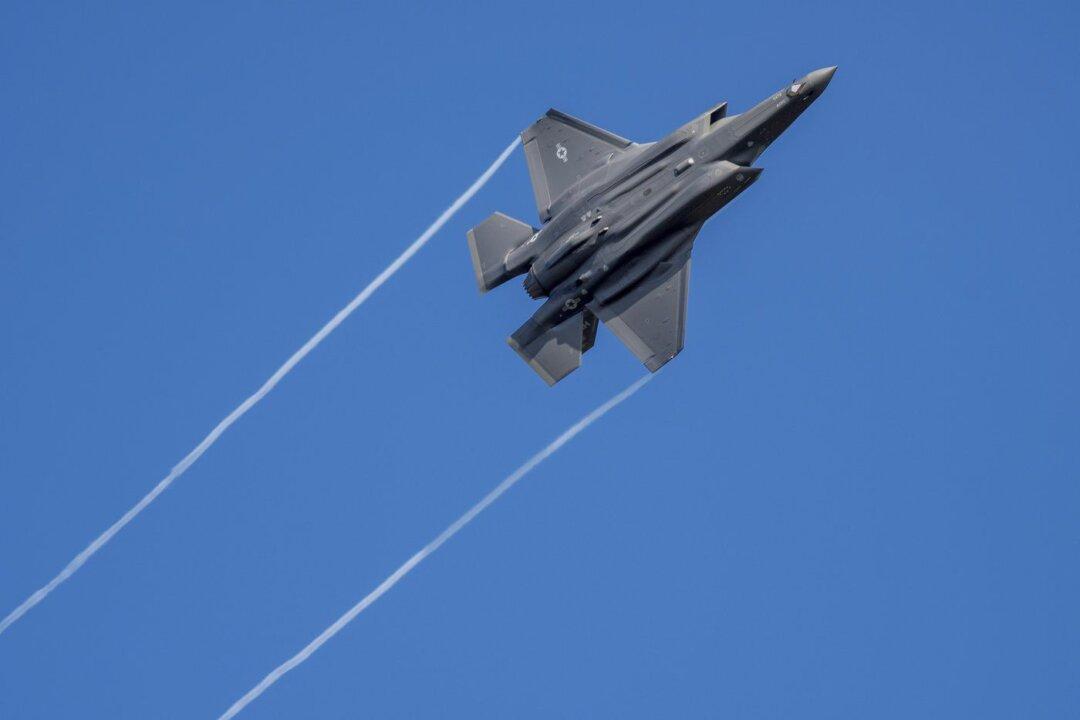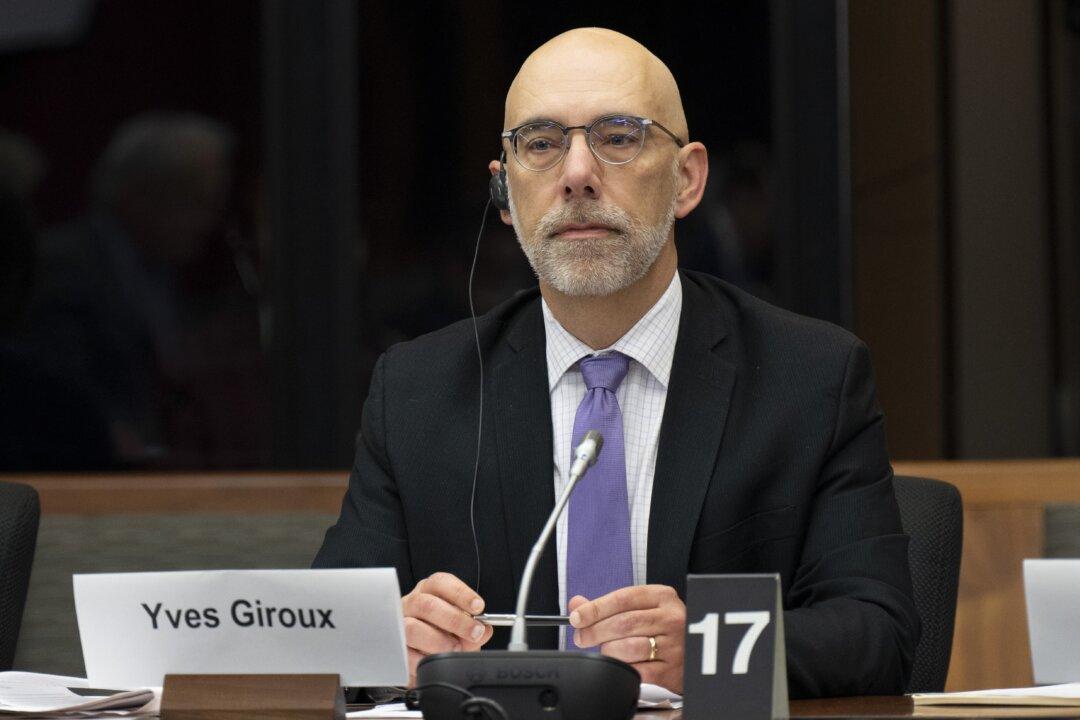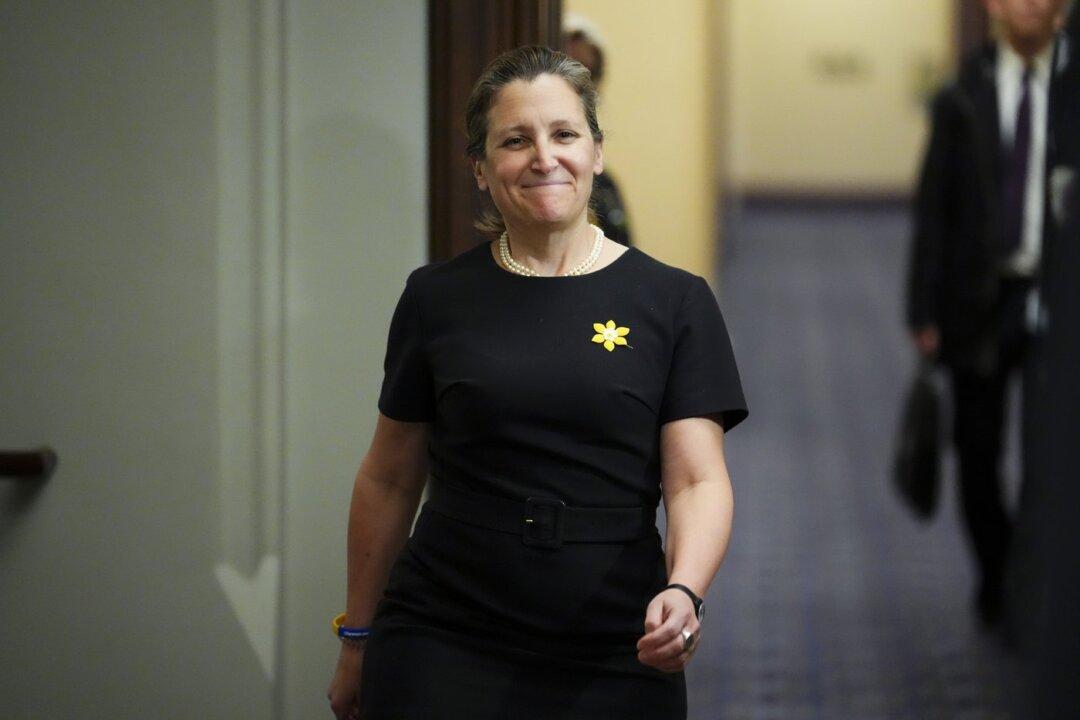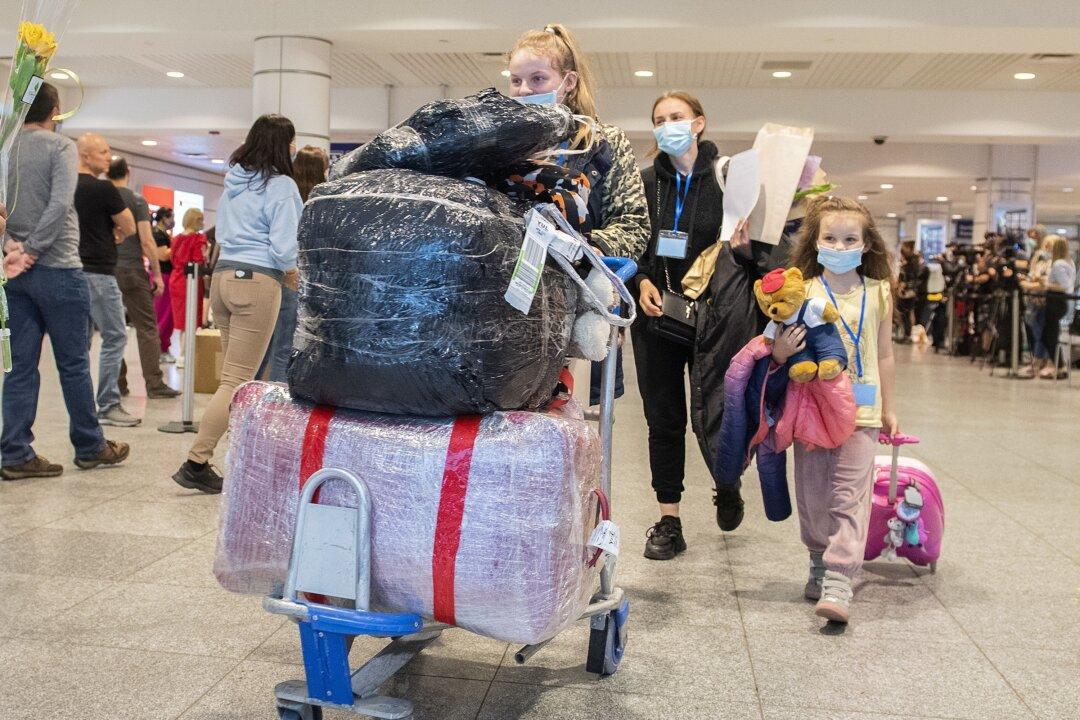Ottawa says it will be investing $19 billion over the next nine years to purchase 88 F-35 fighter jets, which are meant to replace its fleet of outdated CF-18 Hornets by 2032.
National Defence Minister Anita Anand made the announcement on Jan. 9, saying it’s the largest investment made in the Royal Canadian Air Force (RCAF) in 30 years. The fighter jets will be produced by the American company Lockheed-Martin.





